By Asjad Nazir
THE tragic suicide of talented actor Sushant Singh Rajput sent shockwaves around the world and stunned everyone into silence.
Everyone from fans and the film fraternity to Indian prime minister Narendra Modi paid tribute to the 34-year-old star, found hanging at his residence in Mumbai. The tragedy came less than a week after Sushant’s former manager Disha Salian had committed suicide by jumping from the 14th floor of a building.
While many tried to make sense of why someone with a successful career would take such drastic action, the death brought mental health back into sharp focus and showed that even the strongest are vulnerable. Strength is something that was associated with Sushant his entire life. He overcame personal heartache to rise up from humble beginnings and become a globally famous star, excelling each step of the way.
Born in Patna on January 21, 1986, Sushant felt disconnected from his father growing up, but was close to his mother and was left devastated when she died in 2002. He described her death as a vacuum in his life and said the terrible tragedy changed something inside him, but it also drove him on to pursue his dreams with a passion.
The determined teenager moved to study in Delhi shortly after his mother’s death and despite being an excellent engineering student, he joined a theatre group and enrolled in Shiamak Davar’s dance classes, which was the first turning point in his life. Despite not being the strongest dancer, he worked hard and landed up in Mumbai in 2005 to perform at the Filmfare Awards.
In the same year, he worked as a backing dancer in the film Bunty Aur Babli. The following year, Sushant performed at the Commonwealth Games in Australia and was a backing dancer in the Bollywood film Dhoom 2. Sushant dropped out of engineering college and moved to Mumbai to join a famous theatre group run by actress Nadira Babbar.
While performing in a play in 2008, he was asked to audition for a role in TV drama Kis Desh Mein Hai Meraa Dil. His character was killed early on, but was so popular that he was brought back as a spirit in the finale.
In 2009, he landed a lead role in hit drama serial Pavitra Rishta, which would make him famous and win him multiple acting awards. That breakthrough performance on television led to him being cast in his debut Bollywood film Kai Po Che, which was a runaway success and turned him into an in demand big screen star.
Although he was good looking and had a great physique, Sushant got noticed for his acting ability and landed a variety of movie projects. What followed was a rollercoaster ride of cinematic highs and lows, which included his biggest success playing cricketer Mahendra Singh Dhoni in big Bollywood blockbuster M.S. Dhoni: The Untold Story. Another big success was Chhichhore, where he played the older and younger version of the same character.
Even the films that didn’t do so well, showed off his impeccable acting skills like a standout turn playing the title role in period thriller Detective Byomkesh Bakshy and a guide in disaster film Kedarnath.
Although he gave the industry a lot, Bollywood also badly let the naturally gifted actor down. He signed many projects in good faith, but they didn’t take off due to producers promising more than they could deliver and made him miss out on real opportunities, which second choice actors stepped into. These shelved projects included India’s first space film Chanda Mama Door Ke and Shekhar Kapur’s ill-fated futuristic film Paani. Despite Deepika Padukone setting up a mental health charity most of the film fraternity haven’t taken it seriously and let down those like Sushant.
Despite his meteoric rise and setbacks, the actor never forgot his humble roots and did a lot of philanthropic work. When the devastating Kerala floods happened, big A-list movie superstars gave relatively small amounts of money and tried getting publicity, but he silently made the biggest donation.
He also ran education programmes for impoverished young students and did a lot of woman empowerment work. Last, but not least, he always believed in living in the moment and although he is gone it is something we can learn from. Sushant once told me: “It’s about holding on to everything that is good right now! We are slightly obsessed with the future and we get anxious about it. You should just be in the present and not be concerned about what’s going to happen, and should get excited about experiencing what’s there right now in the present.”
If you are affected by any of the issues mentioned in this article, contact Samaritans free of charge on 116 123 or see www.samaritans.org





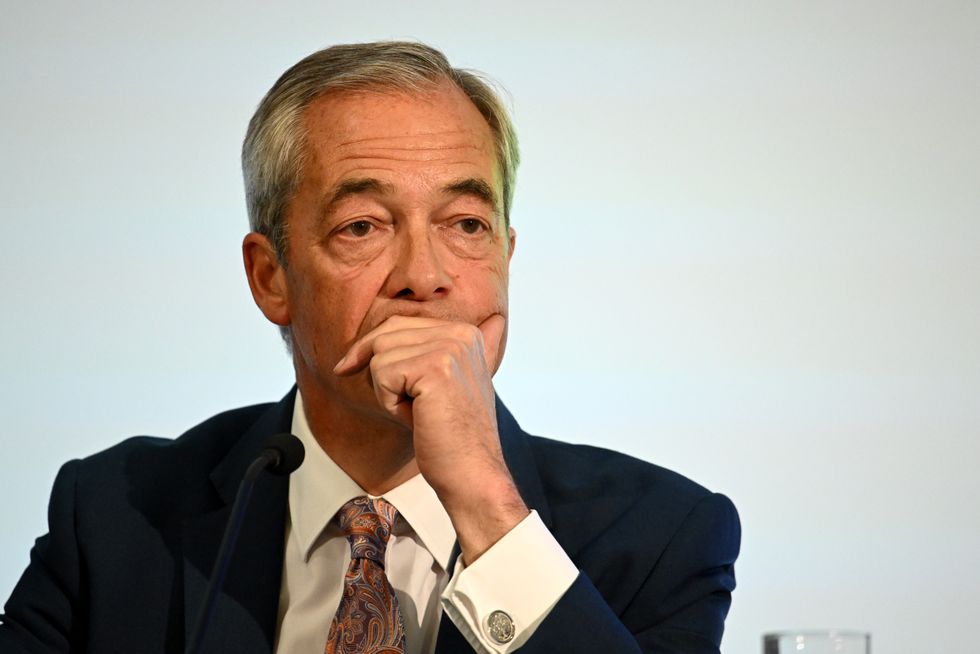 Nigel Farage
Nigel Farage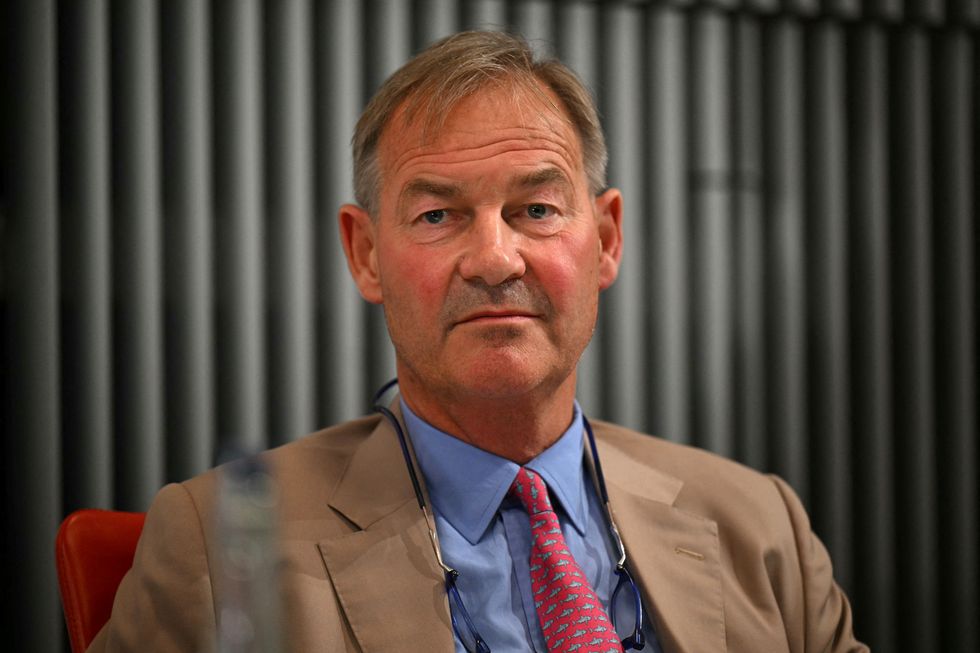 Rupert LoweGetty Images
Rupert LoweGetty Images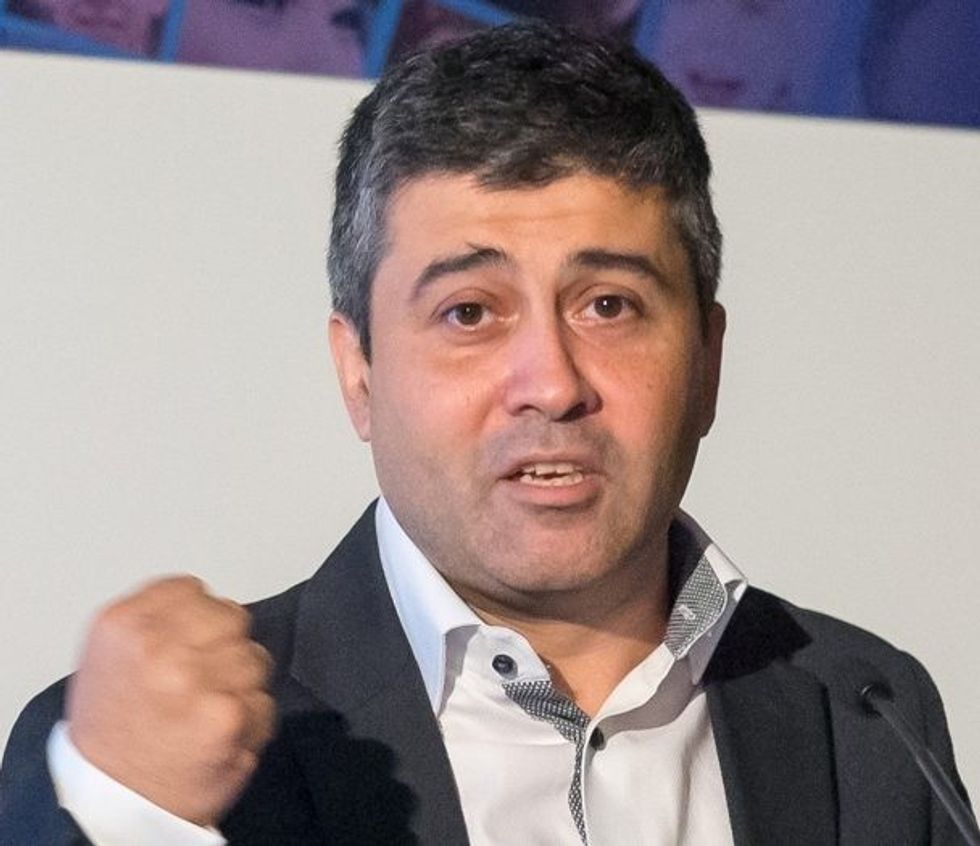










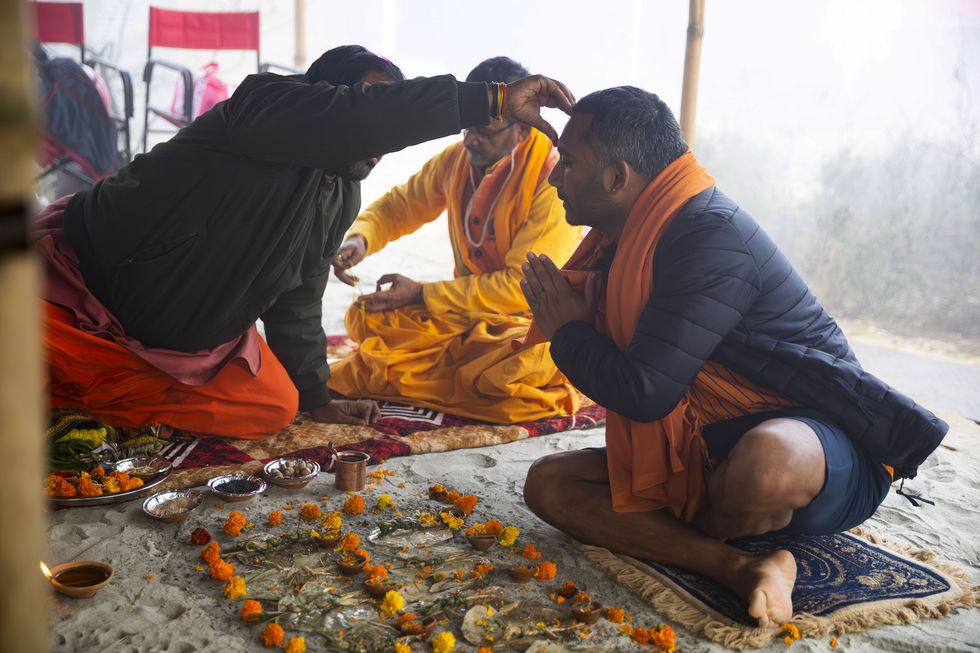 Rajan offers the pind daan in honour of his father and ancestors
Rajan offers the pind daan in honour of his father and ancestors 


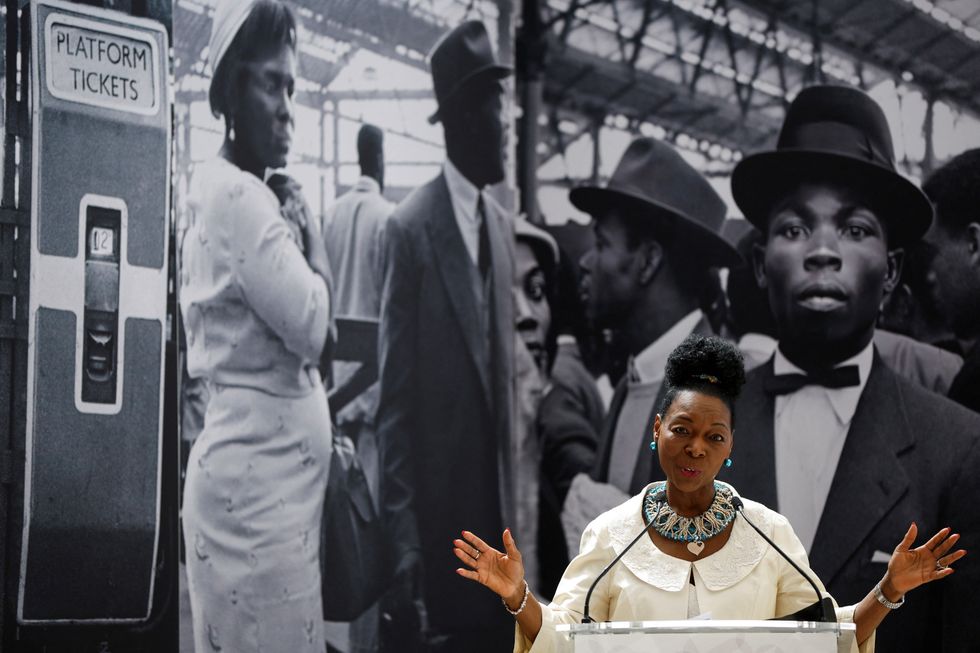 LONDON, ENGLAND - JUNE 22: Baroness Floella Benjamin speaks during the unveiling of the National Windrush Monument at Waterloo Station on June 22, 2022 in London, England. The photograph in the background is by Howard Grey. (Photo by John Sibley - WPA Pool/Getty Images)
LONDON, ENGLAND - JUNE 22: Baroness Floella Benjamin speaks during the unveiling of the National Windrush Monument at Waterloo Station on June 22, 2022 in London, England. The photograph in the background is by Howard Grey. (Photo by John Sibley - WPA Pool/Getty Images)
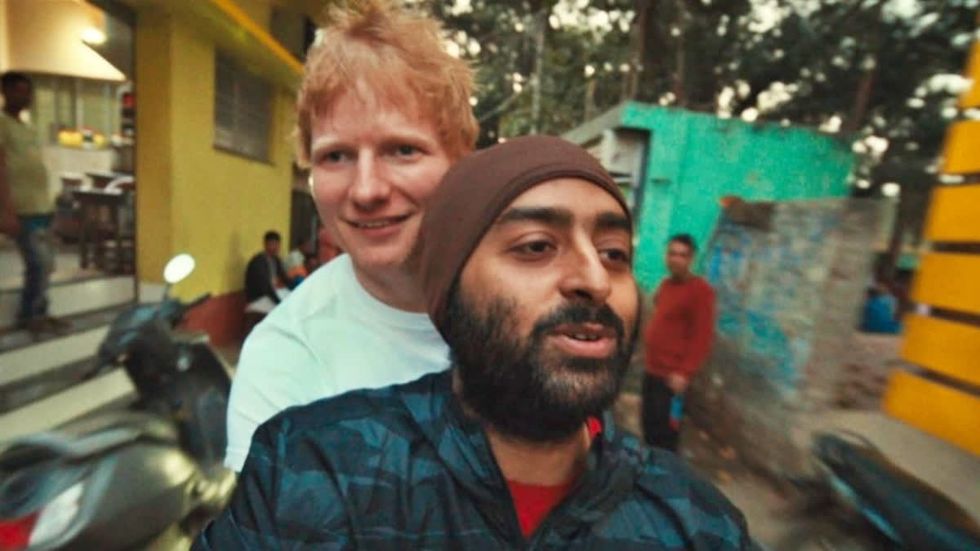 Ed Sheeran and Arijit Singh
Ed Sheeran and Arijit Singh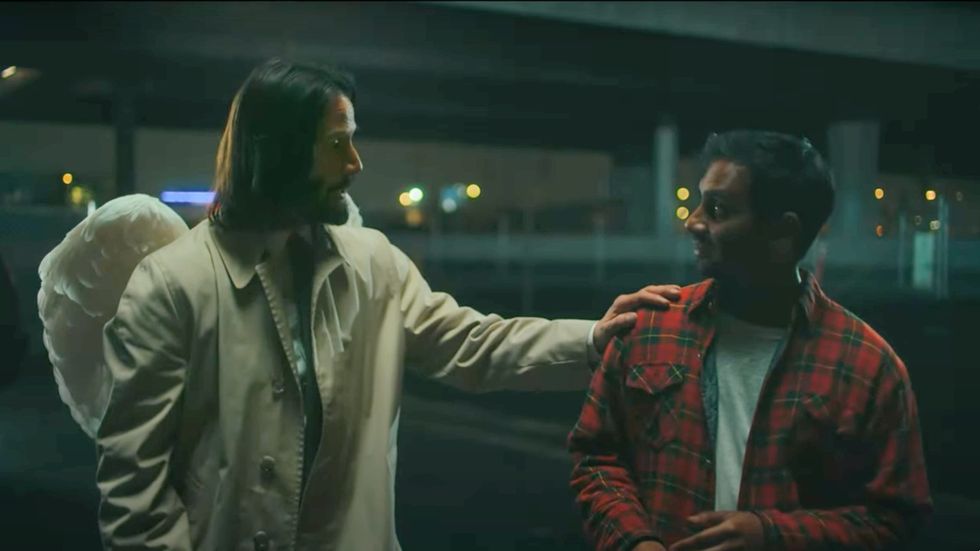 Aziz Ansari’s Hollywood comedy ‘Good Fortune’
Aziz Ansari’s Hollywood comedy ‘Good Fortune’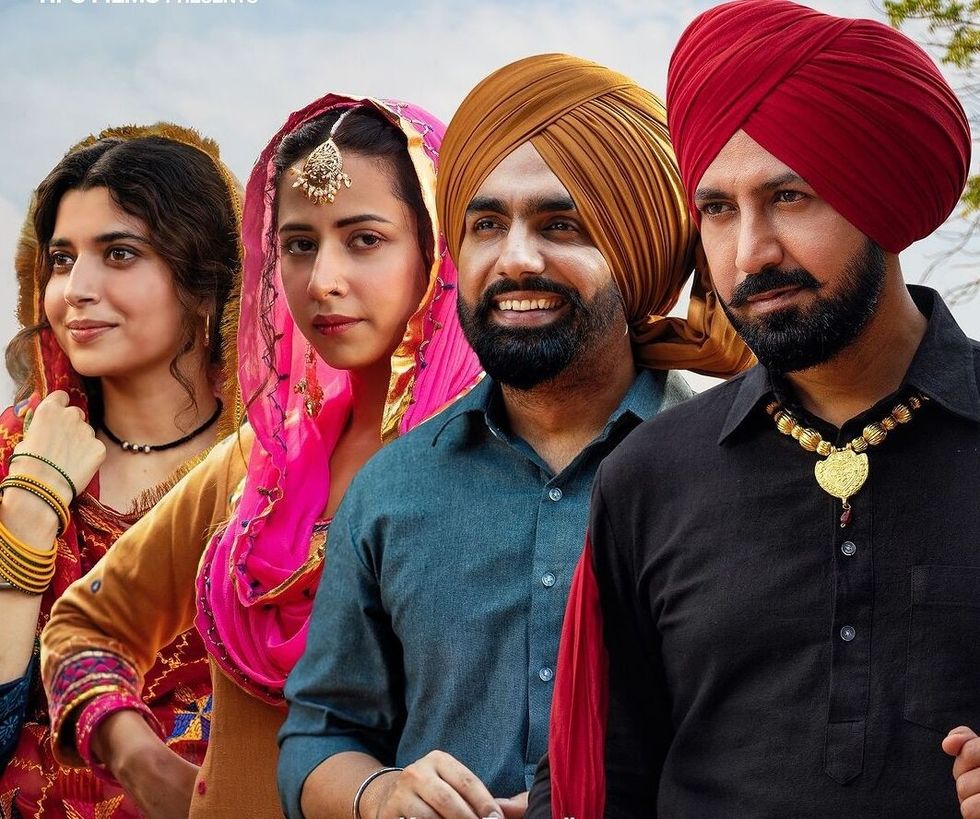 Punjabi cinema’s power-packed star cast returns in ‘Sarbala Ji’
Punjabi cinema’s power-packed star cast returns in ‘Sarbala Ji’ Mahira Khan
Mahira Khan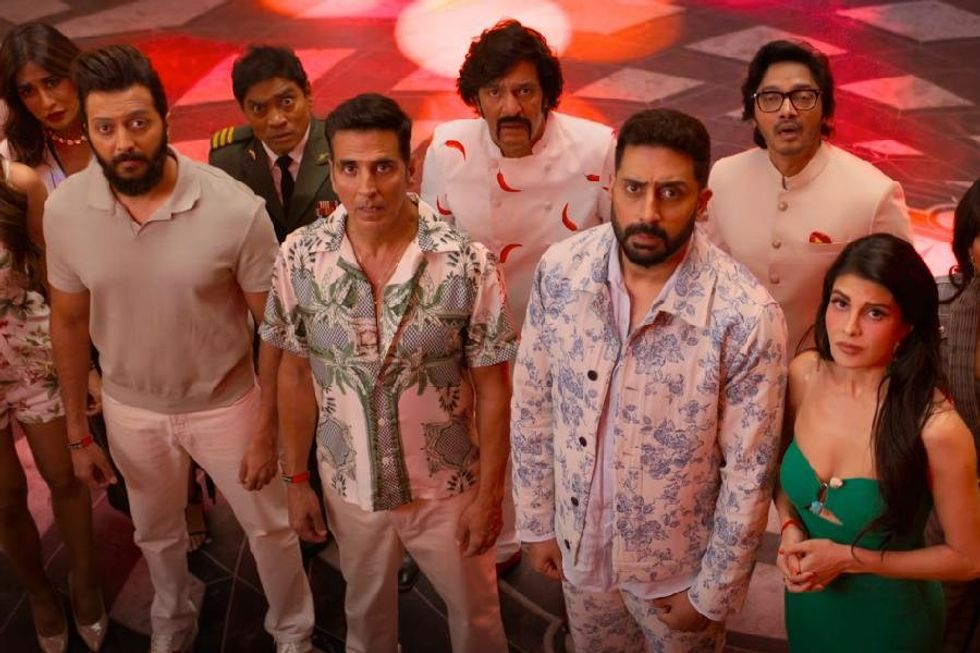 ‘Housefull 5’ proves Bollywood is trolling its own audience
‘Housefull 5’ proves Bollywood is trolling its own audience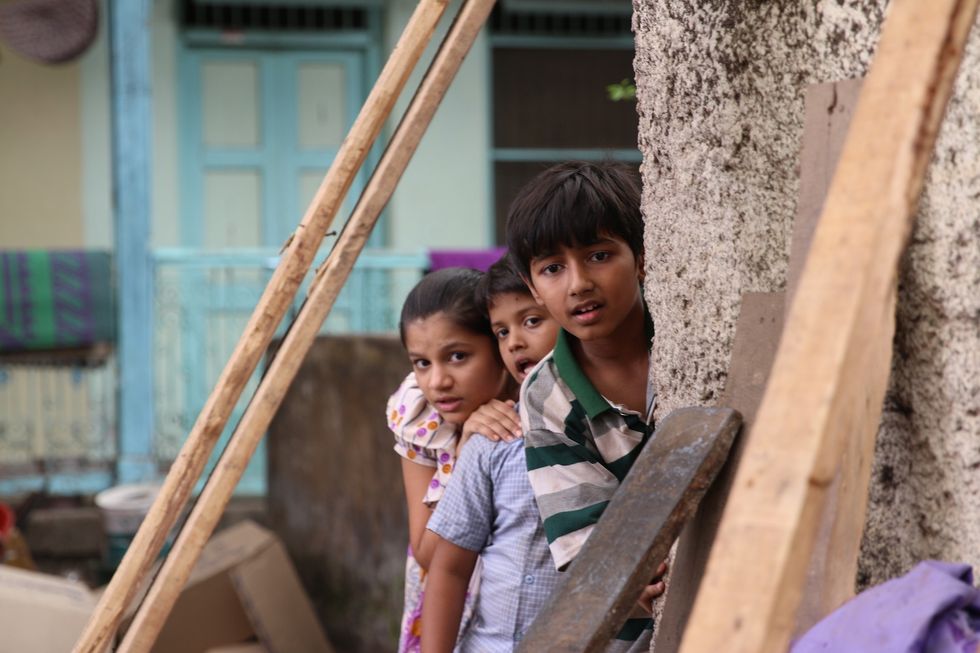 Brilliant indie film ‘Chidiya’
Brilliant indie film ‘Chidiya’  John Abraham
John Abraham Hina Khan and her long-term partner Rocky Jaiswal
Hina Khan and her long-term partner Rocky Jaiswal 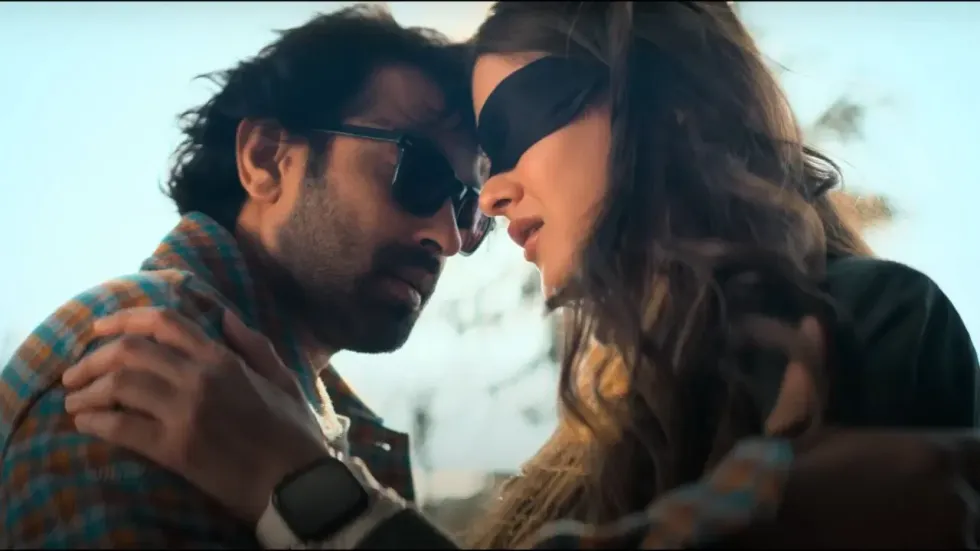 Shanaya Kapoor's troubled debut
Shanaya Kapoor's troubled debut Sana Yousuf
Sana Yousuf